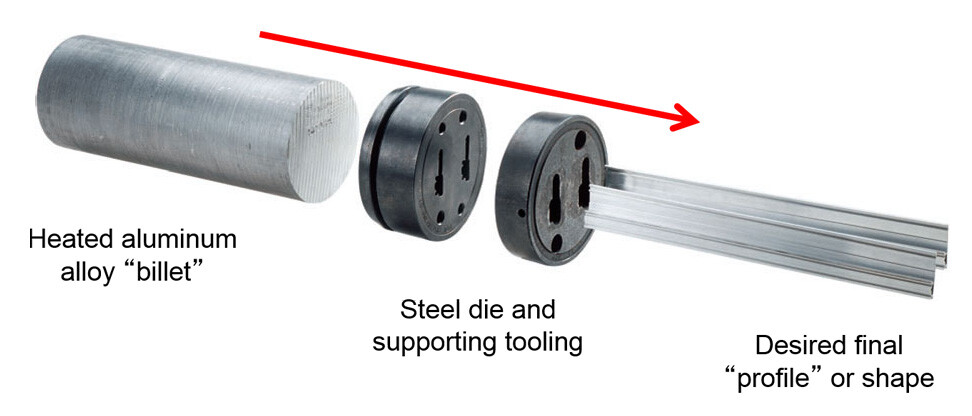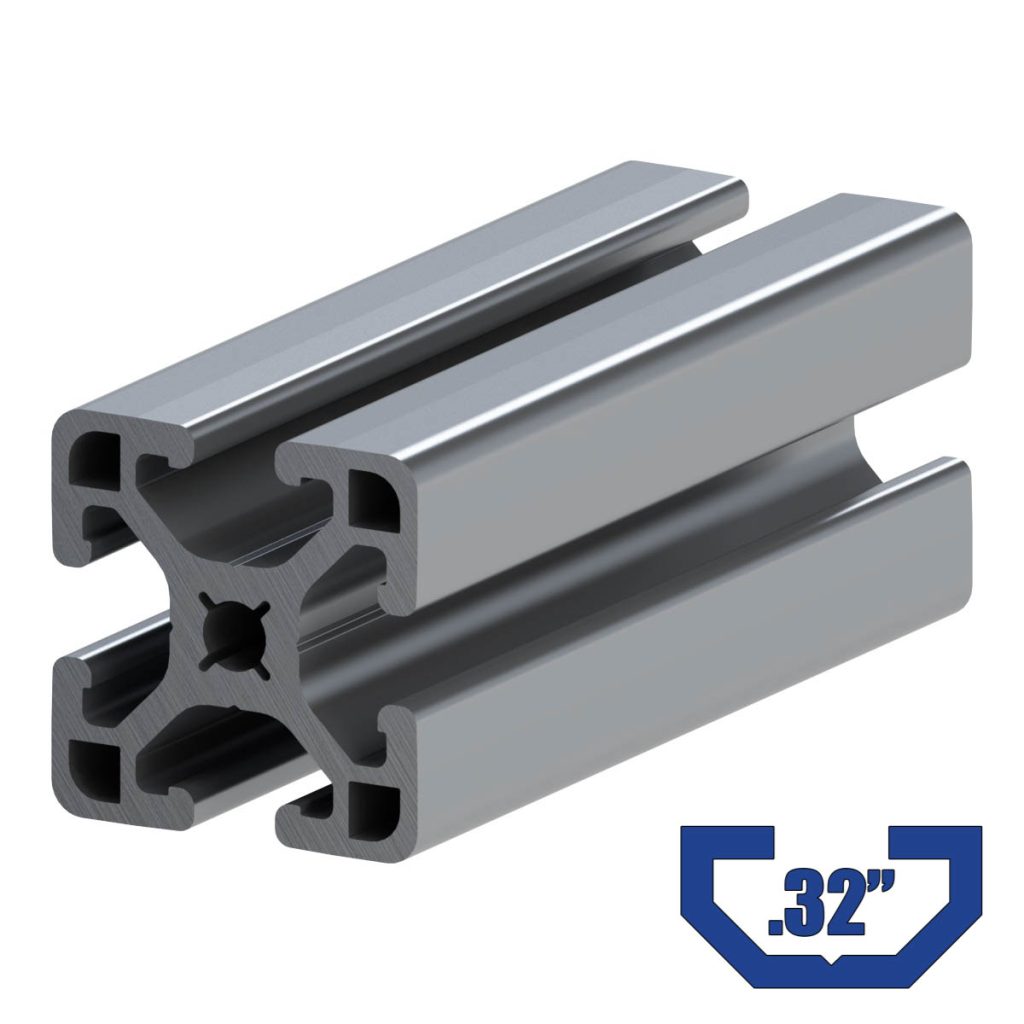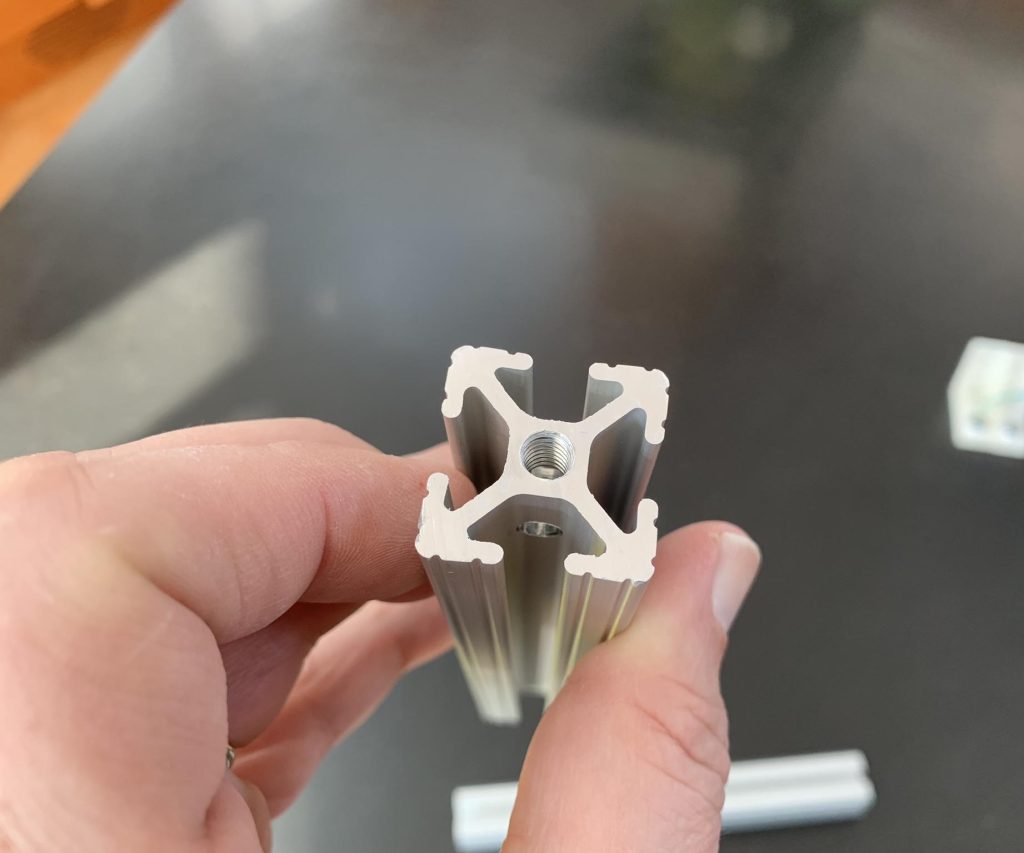Aluminum extrusions are a fascinating process that has revolutionized the way we manufacture products. From everyday items like window frames and automotive parts to complex machinery and aerospace components, aluminum extrusions are present in a wide range of products.
In this article, we will take a closer look at how aluminum extrusions are made, the benefits of using this process, and the various applications of aluminum extrusions in different industries. So, if you’re curious about this unique manufacturing process and want to learn more, keep reading!
How Aluminum Extrusions Are Made: A Comprehensive Guide
Aluminum extrusions are used in a variety of industries, from construction to transportation to consumer goods. But have you ever wondered how these versatile pieces are made? In this article, we’ll take a closer look at the process of aluminum extrusion and the benefits it offers.
1. The raw materials
The first step in the aluminum extrusion process is to gather and prepare the raw materials. These typically include aluminum billets, which are long, cylindrical pieces of aluminum that have been heated to make them more malleable. The billets are usually made from a specific aluminum alloy, which can be customized based on the desired properties of the final extruded product.
Once the billets are prepared, they are loaded into a large hydraulic press, which will be used to extrude the aluminum into the desired shape. The press is equipped with a die, which is a specially designed metal mold that determines the final shape of the extrusion.
2. Heating the billet
Before the billet can be extruded, it must be heated to a specific temperature. This process is known as preheating, and it helps to make the aluminum more malleable so that it can be easily shaped.
The temperature at which the billet is heated depends on the specific alloy being used and the desired properties of the final extrusion. Generally, the billet is heated to between 400 and 500 degrees Celsius.
3. Extruding the aluminum
Once the billet is heated, it is loaded into the hydraulic press and pushed through the die. As the aluminum passes through the die, it is shaped into the desired profile. The extrusion is typically pulled out of the press using a conveyor belt or similar device.
After the extrusion has been made, it is typically cooled using water or air. This helps to set the shape of the aluminum and prevent it from warping or bending.
4. Finishing the extrusion
Once the extrusion has been cooled, it is typically cut to the desired length using a saw or other cutting tool. The ends of the extrusion may also be finished or beveled as needed.
Depending on the intended use of the extrusion, it may also undergo additional finishing processes such as painting, anodizing, or powder coating. These processes can help to improve the appearance and durability of the final product.
5. Benefits of aluminum extrusion
Aluminum extrusions offer a number of benefits over other materials such as steel or plastic. For one, aluminum is lightweight and has excellent strength-to-weight ratio. This makes it ideal for use in applications where weight is a concern, such as in the automotive or aerospace industries.
Aluminum is also highly resistant to corrosion, which makes it ideal for use in outdoor or marine applications. Additionally, aluminum is a highly recyclable material, which makes it a more sustainable choice than other materials.
6. Versatility
One of the biggest advantages of aluminum extrusions is their versatility. The extrusion process allows for a wide variety of shapes and sizes to be produced, from simple bars and tubes to complex profiles with intricate designs.
This flexibility means that aluminum extrusions can be used in a wide variety of applications, from architectural projects to consumer goods to industrial machinery.
7. Cost-effectiveness
Another advantage of aluminum extrusions is their cost-effectiveness. Because the extrusion process allows for large quantities of identical shapes to be produced quickly and efficiently, the overall cost per unit is often lower than other manufacturing methods.
Additionally, the lightweight nature of aluminum means that it is often less expensive to transport than heavier materials such as steel.
8. Aluminum extrusion vs. other materials
When compared to other materials such as steel or plastic, aluminum extrusions offer a number of advantages. For one, aluminum is much lighter than steel, which makes it ideal for use in applications where weight is a concern.
Aluminum is also more resistant to corrosion than steel, which makes it a better choice for outdoor or marine applications. Additionally, aluminum is a more sustainable material than plastic, as it is highly recyclable.
9. Common uses of aluminum extrusions
Aluminum extrusions are used in a wide variety of applications, from simple consumer goods to complex industrial machinery. Some common uses include:
– Architectural projects such as window frames and curtain walls
– Transportation applications such as automotive and aerospace components
– Consumer goods such as furniture and appliances
– Industrial machinery such as conveyor systems and hydraulic cylinders
10. Conclusion
Aluminum extrusions are a versatile and cost-effective choice for a wide range of applications. By understanding the process of aluminum extrusion and the benefits it offers, you can make an informed decision about whether it is the right choice for your project or application. Whether you need a simple bar or a complex profile, aluminum extrusions can provide the strength, durability, and versatility you need.
Frequently Asked Questions
What is Aluminum Extrusion?
Aluminum extrusion is a process of manufacturing long, straight metal parts with a constant cross-section. The process involves heating aluminum billets to a specific temperature and then forcing them through a die of the desired shape and size. The resulting product is an extruded aluminum profile with a uniform cross-section along its entire length.
Extrusion is an excellent method of producing complex shapes with a high degree of accuracy and consistency. The process is widely used in many industries, including automotive, aerospace, construction, and consumer goods.
What are the Steps in the Aluminum Extrusion Process?
The aluminum extrusion process involves several steps, including billet preheating, lubrication, extrusion, cooling, and finishing. First, the aluminum billets are heated in a furnace to a specific temperature. Then, a lubricant is applied to the surface of the billet to reduce friction during the extrusion process.
The billet is then loaded into the extrusion press, where it is forced through a die to create the desired shape. The extruded aluminum is then cooled and cut to the required length. The final step in the process is finishing, which may include heat treatment, anodizing, painting, or other surface treatments.
What Types of Aluminum Alloys are Used in Extrusion?
Aluminum alloys used in extrusion are typically alloys of aluminum and other metals, such as copper, magnesium, silicon, or zinc. The choice of alloy depends on the properties required for the final product, such as strength, corrosion resistance, or thermal conductivity.
Common alloys used in extrusion include 6061, 6063, and 7075. Each of these alloys has unique properties that make it suitable for specific applications. For example, 6061 is a general-purpose alloy with good strength and corrosion resistance, while 7075 is a high-strength alloy used in aerospace and military applications.
What are the Advantages of Aluminum Extrusion?
Aluminum extrusion offers several advantages over other manufacturing methods. First, it allows for the creation of complex shapes with a high degree of accuracy and consistency. Second, it is a cost-effective method of producing large quantities of parts with minimal waste.
Additionally, aluminum extrusion is a versatile process that can be used to create products for a wide range of industries and applications. Finally, aluminum extrusions are lightweight, corrosion-resistant, and easy to work with, making them an ideal material for many applications.
What are Some Applications of Aluminum Extrusions?
Aluminum extrusions are used in a wide range of applications, from simple consumer products to complex aerospace components. Common applications of aluminum extrusions include window frames, door frames, curtain walls, automotive parts, heat sinks, and electronic enclosures.
Additionally, aluminum extrusions are used in the construction of aircraft, boats, and trains, as well as in the manufacturing of solar panels, medical equipment, and industrial machinery. The versatility of aluminum extrusions makes them an ideal material for many applications.
In conclusion, aluminum extrusions are made through a complex process that involves several stages. The raw aluminum is first melted and then forced through a die using a hydraulic press. The resulting extrusion is then cut to the required length and further processed to give it the desired shape and finish.
The versatility of aluminum extrusions makes them a popular choice in various industries, including construction, automotive, and aerospace. They are lightweight, strong, and durable, which makes them ideal for use in a wide range of applications.
Overall, the process of making aluminum extrusions is fascinating and requires a high level of precision and expertise. From the initial melting of the aluminum to the final finishing touches, every step in the process is crucial to ensuring the quality and performance of the final product.
Request a quote today!
[contact-form-7 id="1578" title="Contact form"]
Please compress the file into a ZIP or RAR file before uploading. Alternatively, send through your RFQ by email.
enquires@unitymanufacture.com





